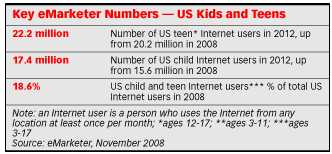
Image by via CrunchBase
On the trip to the parent’s house this weekend, I was bemoaning the fact that Twitterberry is not exactly a stellar Twitter client for the Blackberry. And I appear to be in good company since Fred Wilson of Union Square Ventures complained about the same thing on Friday.
So why is a smart developer not paying attention? After all, RIM announced in September 2008 that they have over 19 million Blackberry subscribers. Compare this to the Nielsen estimate that there were 3.6 million iPhone users in October 2008. So while there are 5X as many Blackberry users, the only decent option is Twitterberry while iPhone users have Hahlo, Tweetie, Twitterific and a whole bunch of others.
And this lack of options is coming out clear in Google as well. If you search “Twitter for Blackberry” you get 4.2 million results. But if you type “Twitter for iPhone” you get a staggering 10.3 million results.
Blackberries (not iPhone) are the tool of the trade for most marketers and Brand Managers out there. If Twitter is going to catch on with this group, it would help to have a solid Blackberry option for them. As Twitter’s popularity grows, Blackberry themselves would be smart to develop a killer Twitter app and stop giving corporate users any excuse to switch over to the iPhone.
![Reblog this post [with Zemanta]](https://i0.wp.com/img.zemanta.com/reblog_e.png)



 Posted by Dave Knox
Posted by Dave Knox 










 Hard Knox Life is the blog of Dave Knox, a classic CPG Brand Manager. It is about marketing, media & technology and how those forces are changing the job of a Brand Manager.
Hard Knox Life is the blog of Dave Knox, a classic CPG Brand Manager. It is about marketing, media & technology and how those forces are changing the job of a Brand Manager.







